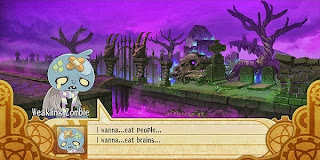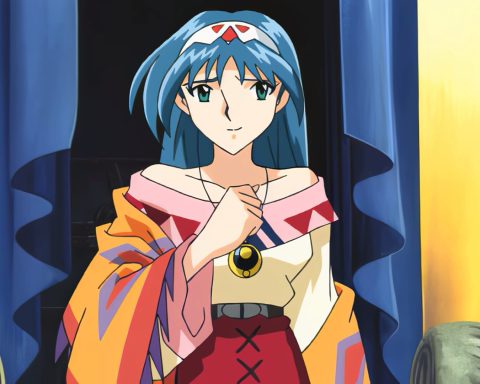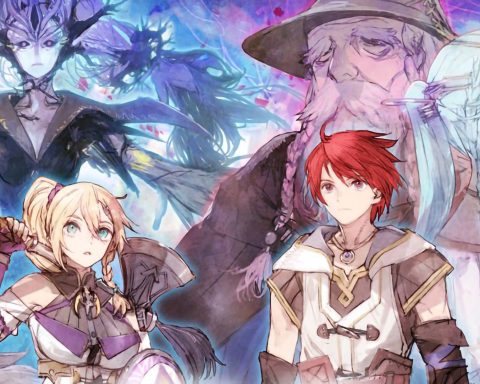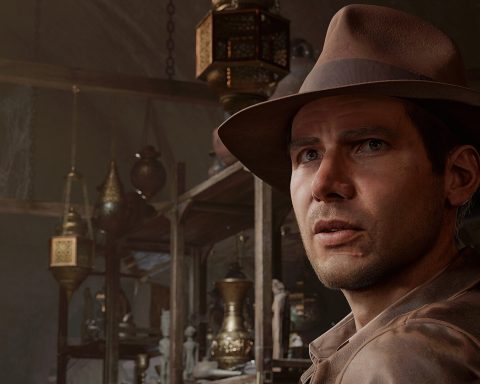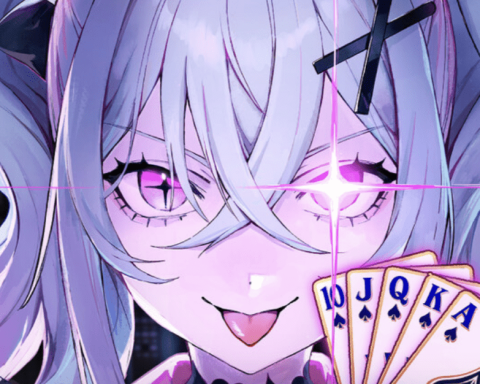 Review by Matt S.
Review by Matt S.
I love a good paradox. They’re the brain twisters for the intelligent, and also philosophy that everyone can think about. Integrate a good paradox into a narrative and you’ll effortlessly engage your reader or viewer as they ponder over the ideas and theories that you’re throwing at them.
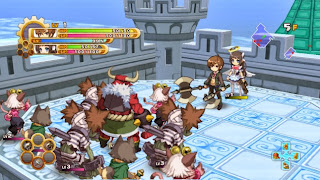 Most roguelikes background the narrative, but here it’s brought right to the front. Surprisingly for a Nippon Ichi title there’s often quite a bit of emotional weighting to the plights of the characters that our little hero God is helping out. The overall game is not entirely serious, and there’s plenty of the usual NISA-branded comedy – jokes about pretty angels being “completely subservient,” lots of maid dresses and so on – but when the game isn’t bring bright and happy its paradoxes are often quite conflicting from a moral perspective. And over the course of the game’s many, many hours, you will build up an attachment and level of concern for these very odd characters. It’s somewhat unique for a Nippon Ichi game; usually players are just asked to chuckle along with – rather than form a bond with – a Disgaea hero.
Most roguelikes background the narrative, but here it’s brought right to the front. Surprisingly for a Nippon Ichi title there’s often quite a bit of emotional weighting to the plights of the characters that our little hero God is helping out. The overall game is not entirely serious, and there’s plenty of the usual NISA-branded comedy – jokes about pretty angels being “completely subservient,” lots of maid dresses and so on – but when the game isn’t bring bright and happy its paradoxes are often quite conflicting from a moral perspective. And over the course of the game’s many, many hours, you will build up an attachment and level of concern for these very odd characters. It’s somewhat unique for a Nippon Ichi game; usually players are just asked to chuckle along with – rather than form a bond with – a Disgaea hero. 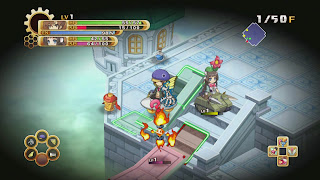 The way in which the conundrum is resolved is a little weak, and that goes for most other paradoxes too – the developers took the easy way out with the conclusions rather than taking the opportunity to really drive the point home. But the journey of getting there, each and every time, is genuinely compelling.
The way in which the conundrum is resolved is a little weak, and that goes for most other paradoxes too – the developers took the easy way out with the conclusions rather than taking the opportunity to really drive the point home. But the journey of getting there, each and every time, is genuinely compelling. I’ll try and explain this simply because it’s a complex system to describe, but please be aware that it quickly becomes a very familiar system; by using an item, a gauge attached to that item starts to fill up. Once it fills up completely it “bursts” and that item is now useless for the rest of the dungeon. But once you’re out of the dungeon by going to the blacksmith it is now possible to power up that item and start using it again.
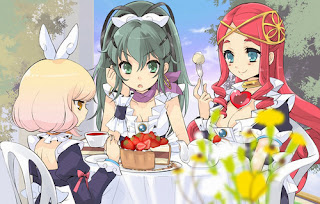 There’s other systems at work that I’m not going to try and explain (such as the fact you start each dungeon and level 1, but the more dungeons you do the more powerful you are at level 1), but in short this is very much a Nippon Ichi game and just as Disgaea takes the SRPG formula and turns the complexity up to 11, as does The Guided Fate Paradox do to the roguelike.
There’s other systems at work that I’m not going to try and explain (such as the fact you start each dungeon and level 1, but the more dungeons you do the more powerful you are at level 1), but in short this is very much a Nippon Ichi game and just as Disgaea takes the SRPG formula and turns the complexity up to 11, as does The Guided Fate Paradox do to the roguelike. 
